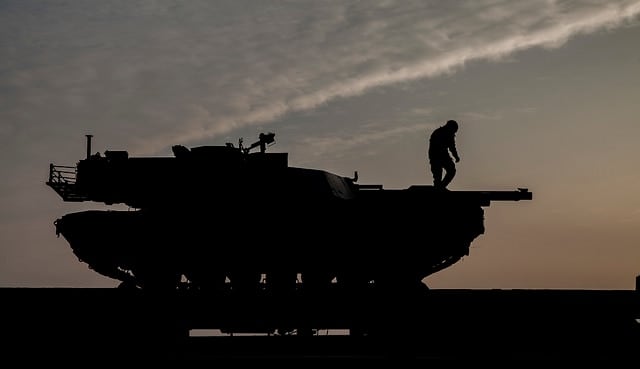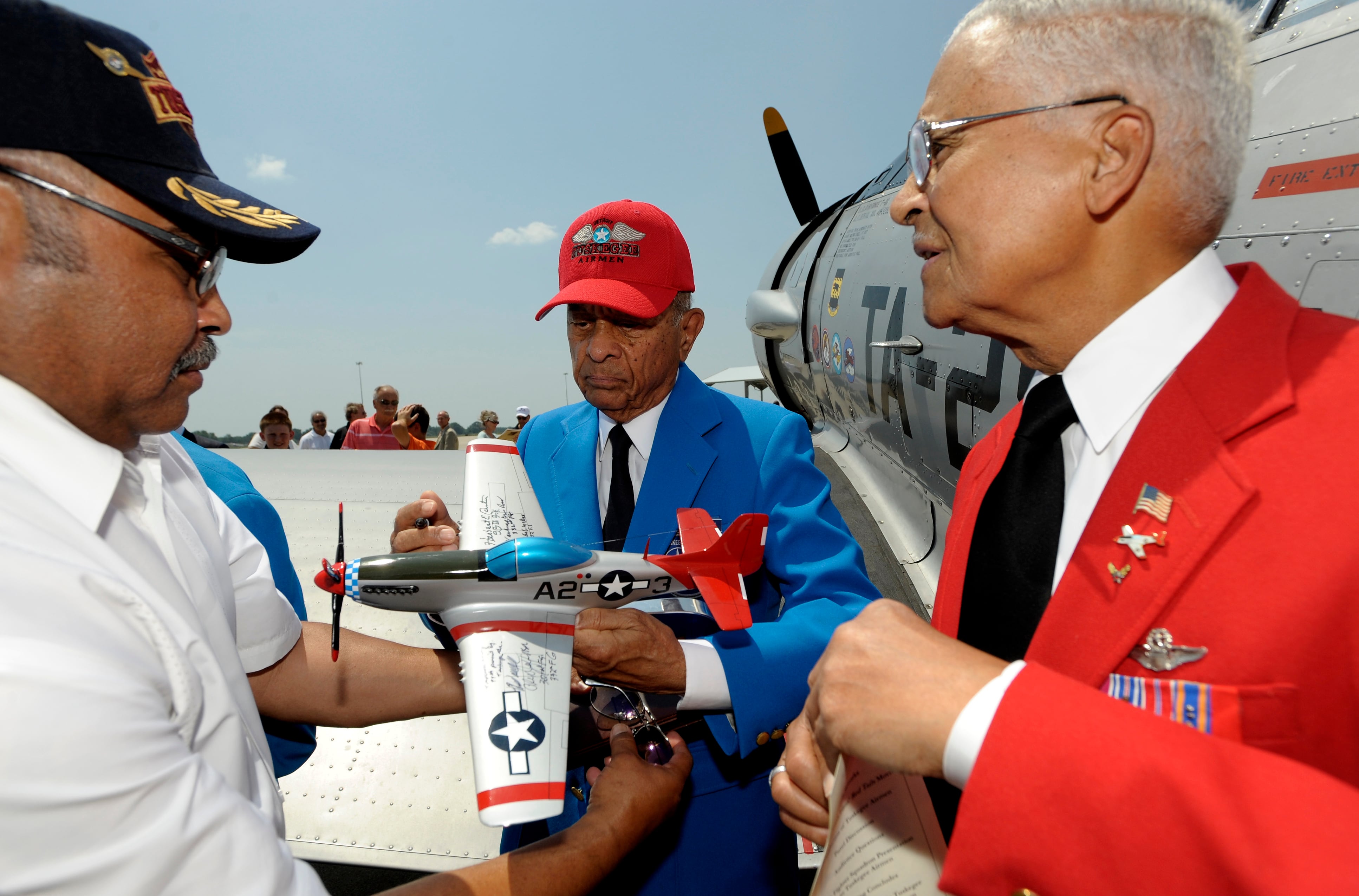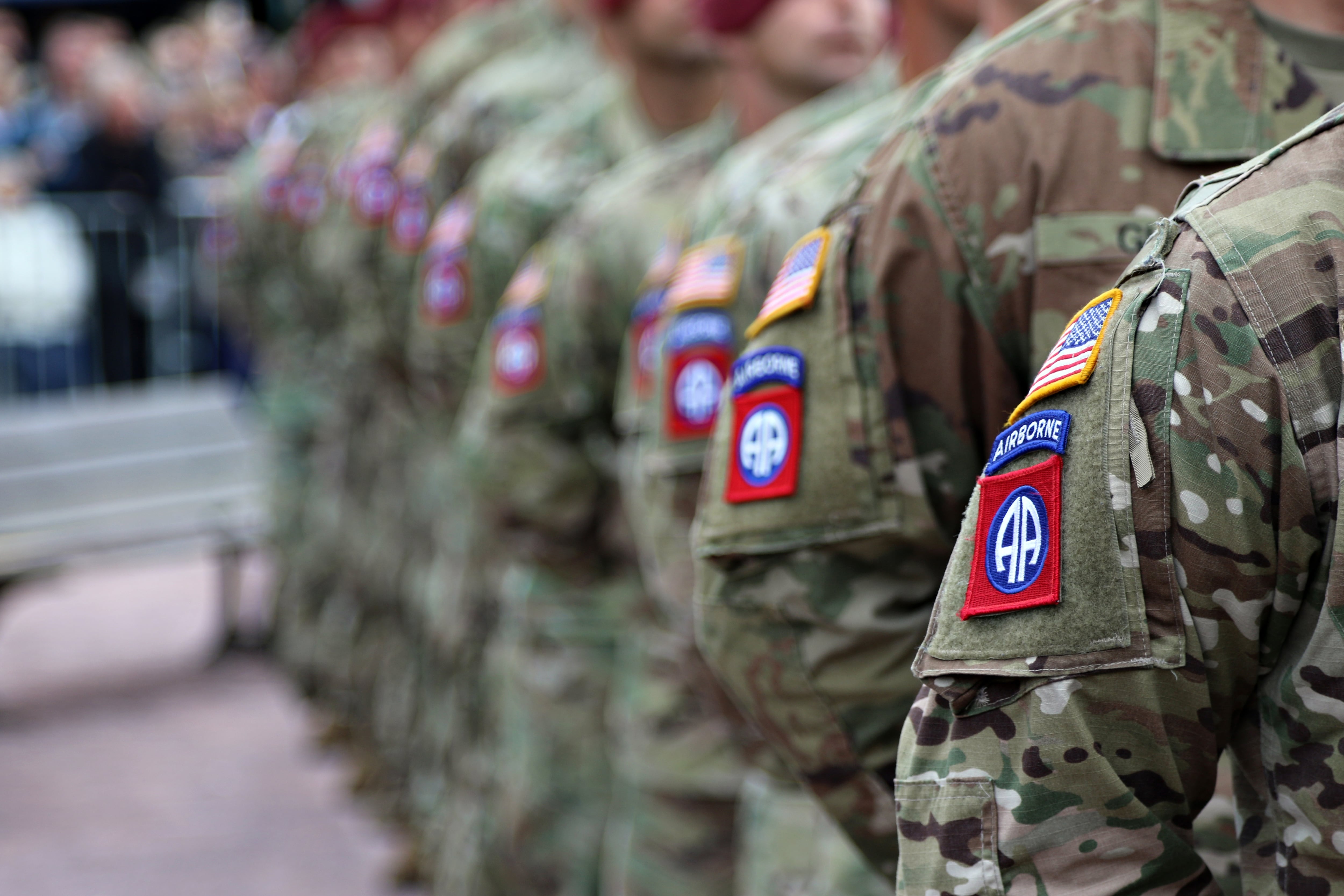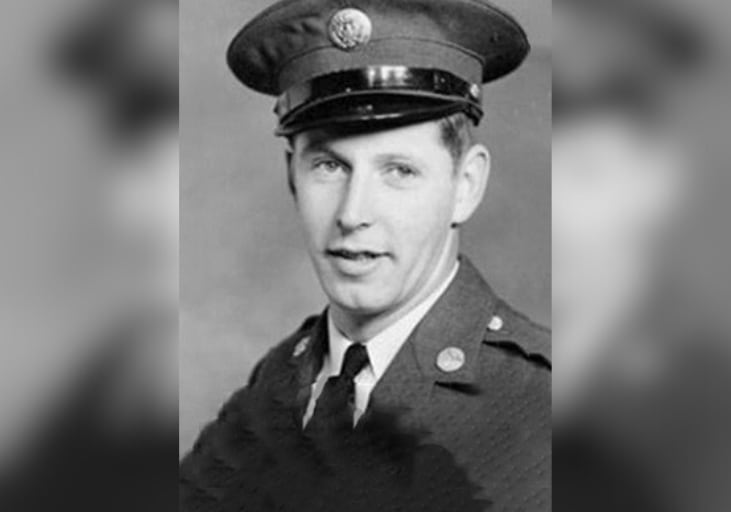Editor's note: T he following is a guest commentary by Gen. Carter F. Ham, USA Retired, President and CEO of the Association of the U.S. Army, General Larry O. Spencer, USAF Retired, President of the Air Force Association, and Skip Witunski the National President of the Navy League of the United States.
America's military has been under constant strain for nearly two decades. Fifteen years of combat have taken their toll on every branch of the military, and the situation has been made more difficult by constrained budgets, aging equipment, and shrinking troop strength. We call for an honest assessment of U.S. military's needs in an increasingly unsecure world.
After the war drawdown, when our soldiers, Marines, sailors, and airmen should have been resetting and rebuilding their forces for the next contingency, they were blindsided by fiscal crises that include the dangerously low budget caps of the 2011 Budget Control Act, the 2013 government shutdown and employee furlough, eight consecutive years of continuing resolutions, and constant turmoil for sporadic funding. Drip by drip, each crisis strained the Pentagon; cumulatively, they have threatened the readiness, capability, and technological advantages that make our military the best in the world. The national security community has been concerned about this dangerous trend for quite some time, and as we face the possibility of another continuing resolution for the remainder of Fiscal Year 2017 and a return to sequestration in Fiscal Year 2018, we must act. We urge the new Administration to fulfill its promise of rebuilding the military.
As the 2016 Navy Force Structure Assessment observes, "our potential adversaries [are] developing capabilities that undermine our traditional military strengths and erode our technological advantage." In addition to threats from transnational groups like ISIS and al-Qaeda, the U.S. faces an increasingly complex global system as both Russia and China attempt to increase their influence and make massive investments in their own military capabilities. Within the last few weeks, aggressive Iranian patrol boats have harassed Navy ships while the threat of North Korea's rocket and nuclear capabilities grow. Humanitarian emergencies brought on by conflict and natural disaster will continue to require American assistance.
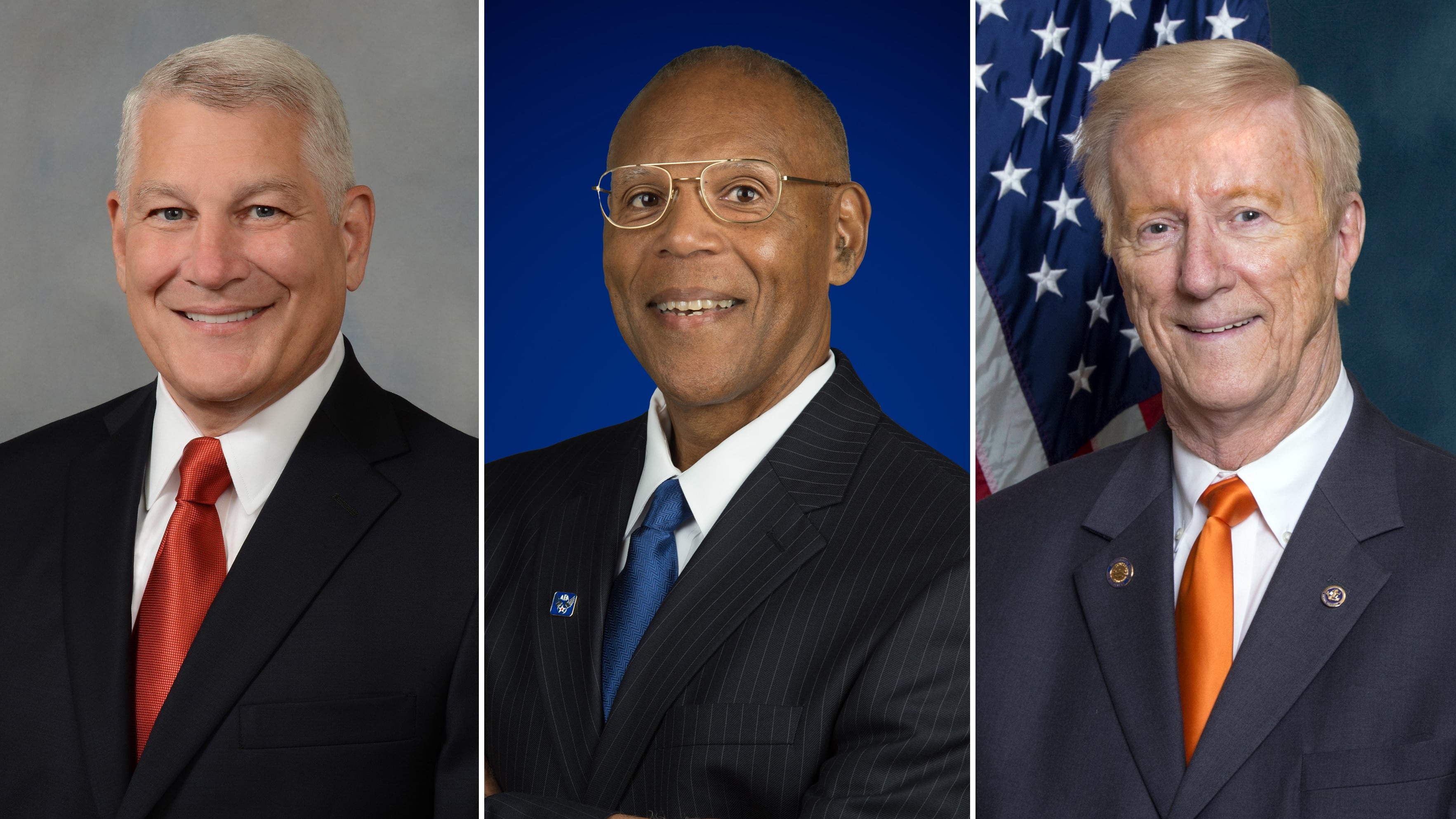
Gen. Carter F. Ham, Gen. Larry O. Spencer and Skip Witunski.
While demand on the American military is increasing, we are falling behind. Our military has been expected to recuperate from over a decade of war, modernize equipment, develop revolutionary technologies, and meet current demands from our combatant commanders without growing the budget. If we are to continue to ask this much of our volunteer men and women and still maintain the best fighting force in the world, we must match our budget to our requirements and reverse this budgetary trend.
The Army has the lowest manning level since World War II, and while Congress has moved to stop and slightly reverse the troop cuts, it remains unclear if the Army will be fully funded for the additional soldiers. While there are fewer combat deployments, there are still heavy demands from combatant commanders. About 182,000 soldiers are deployed or forward stationed today. About 46 percent of demand for joint forces comes from the Regular Army or its reserve components, and demand for Army forces is increasing. Decreases in the Army budget over the last several years have reduced capacity and slowed modernization and strained readiness. To keep deployed and deploying forces fully ready, the Army has slowed weapons modernization to the point U.S. ground forces face potential enemies who have comparable or better capacity and capabilities. At current funding, the Army faces a situation where its Abrams tanks and Bradley fighting vehicles will be 50 to 70 years old before they are replaced.
The U.S. Air Force is our nation's first responder around the globe, however, it now has the smallest, oldest, and least ready force in its history. It operates an aging and increasingly costly force of refueling tankers over 50 years old; bombers, trainers and helicopters over 40; and fighters over 30 years old. The Air Force, in particular, has a growing strategy-resource mismatch — it is too small for its growing missions and too big for its budget. Since 1991, the force decreased by 38 percent and shrunk from 134 fighter squadrons to 55. They are now short 1,500 pilots and 3,400 maintainers. In the meantime, America's potential adversaries are rapidly closing the technological superiority gap. The Air Force needs to grow its force and recapitalize its aging force structure to ensure continued core mission capabilities. Air and Space superiority are not American birthrights and need to be fought for and won.
As America's away team, the U.S. Navy-Marine Corps are often first on the scene of international threats, helping to keep our enemies far from our shores. The Navy-Marine Corps team's high operational tempo, combined with a shrinking fleet, is resulting in reduced readiness and overworked crews. Years of responding to crisis after crisis and delayed maintenance and modernization are crippling the services. Aircraft that were designed to fly 6,000 hours are now expected to fly 10,000 hours. Some submarines are no longer qualified to submerge. The Marine Corps is plagued by old equipment. Both services must have presence around the world at all times, but must also reset the fleet and bring sailors and Marines home on a predictable schedule for sea service families. Without more ships, there will be gaps in presence and more extended deployments — a dangerous situation in the current security environment. The Navy has stated that it needs a fleet of 355 ships to meet requirements.
America's military needs three things: It needs a steady budget with the minimum of bipartisan bickering. It needs more money — and soon — to address critical capability gaps that our military leaders warn have created unnecessary risk. And, it needs full support from the nation, including the new administration, Congress and the American people.
